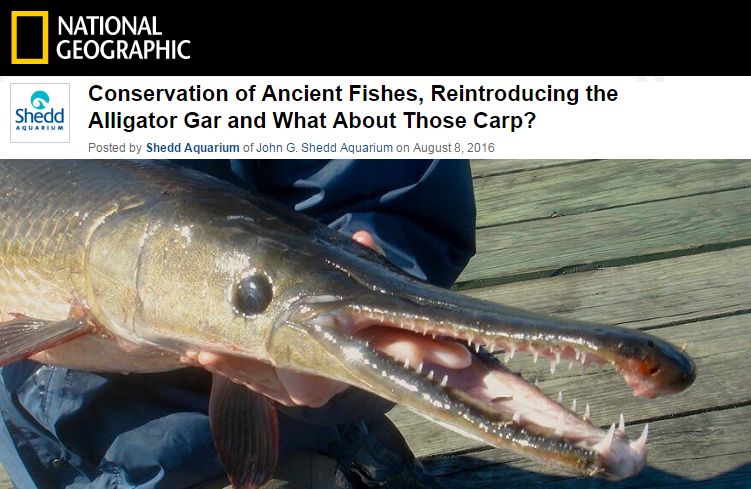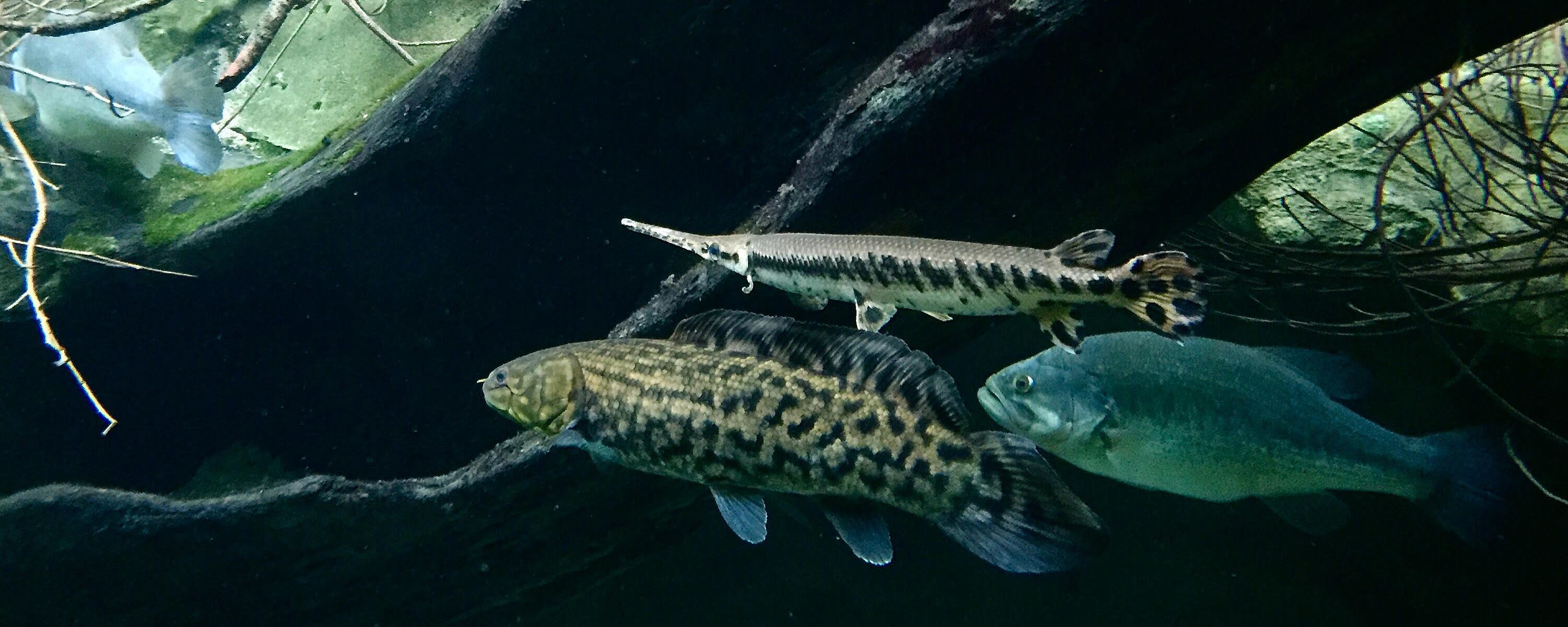Please help support science-based conservation of Alligator Gar populations in Texas by signing our petition! The implications of these proposed regulations are important to conservation of all gar species, as well as other fishes; your signature is valuable even if you’re not from Texas!
PETITION: Stand with Texas to Protect Alligator Gar from Overharvest

Petition Details:
The Texas Parks and Wildlife Department (TPWD) is concerned about potential overharvest of the Alligator Gar (Atractosteus spatula). Recent scientific research suggests that the species’ stronghold could be threatened if stronger harvest regulations are not established to protect Alligator Gar populations.
TPWD has proposed new rule changes that affect the size and method of how Alligator Gar can be harvested. These rule changes, if put into law, would include a maximum size limit of four feet in length for Alligator Gar from the Trinity River between the I-30 Bridge in Dallas County to the I-10 Bridge in Chambers County. Additionally, bowfishing would be limited to only daylight hours statewide.
Current Texas law allows the harvest of one Alligator Gar per day per person. Based on scientific data, feedback from a recent survey conducted by TPWD, and the growing popularity of the bowfishing sport,the Texas trophy fishery for Alligator Gar may be at risk.
Please sign the petition and show your support to help protect Texas Alligator Gar for future generations; we also appreciate your sharing this petition to garner additional support!

 Artwork by The Fisheries Blog Artist,
Artwork by The Fisheries Blog Artist, 





